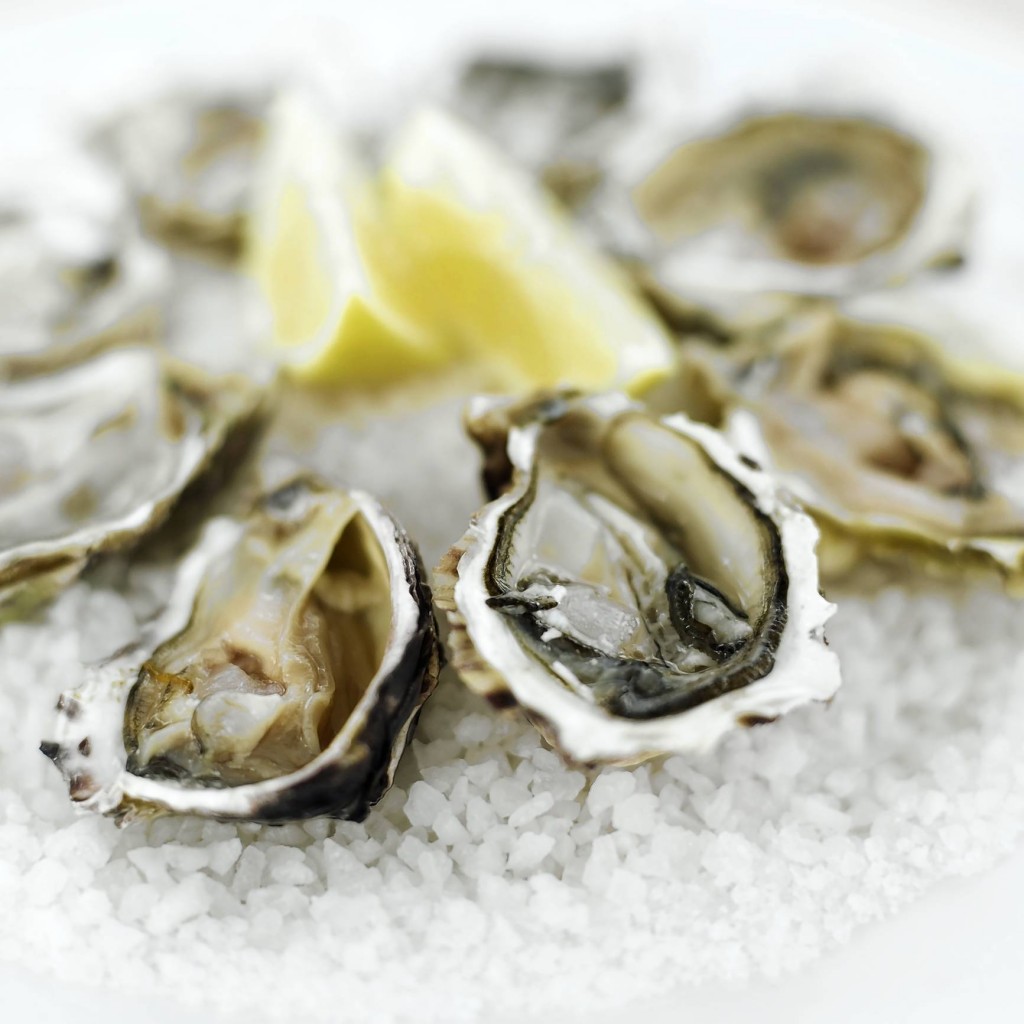Aphrodite—the Greek goddess of love, beauty, and pleasure— shares her name with another substance associated with desire: The aphrodisiac. Aphrodisiacs can be anything—foods, drinks, drugs, smells—that causes an increase in sexual desire. For centuries, people have sworn by the power certain foods, such as chocolate or oysters, to boost their libidos. The definition of aphrodisiac has remained the same over the last thousand years, and many of the foods we consider today to be aphrodisiacs are products of ancient experimentation.
The Greek physician Claudius Galen believed in the theological doctrine of signatures—a philosophy that certain herbs resemble the parts of the body they are meant to treat. Galen, who also believed that “wind,” or flatulence, would result in an erect penis, encouraged the consumption of mandrake root due to its semblance to a woman’s thigh, and the oyster for its resemblance to a labia. The oyster has gained a reputation as the king of aphrodisiacs. It’s even rumoured that Cassanova, the 18th century playboy, would eat 50 oysters every morning. But do oysters really work?
In 2005, a team of American and Italian researchers analyzed bivalve mollusks using high-performance liquid chromatography (HPLC), a method used to separate the components of a mixture. Chemistry professor George Fisher from Barry University and his team discovered that the mollusks were rich in rare amino acids, such as daspartic acid and N-methyl-D-aspartate. These amino acids, when injected into rats, caused a chain reaction that resulted in the production of testosterone in males and progesterone in females.
“Increased levels of those hormones in the blood means you are more active sexually,” explained Dr. Antimo D’Aniello from the Laboratory of Neurobiology in Naples.
When trying to explain the reasons why certain foods increase sexual libido, researchers looked to the physiological changes that accompany sexual arousal.
Hormones such as testosterone, estrogen, progesterone, and oxytocin influence sexual motivation. Other feel-good chemicals released by the brain, such as dopamine and serotonin, contribute to a person’s arousal.
Foods and products that trigger the body to release and produce these compounds generally have aphrodisiac properties. A popular compound that is said to result in an increase in testosterone in the blood is ambergris. Ambergris is a dark grey waxy substance produced in the digestive system of sperm whales that has been used extensively in the fragrance industry due to its valuable ability to fix a scent in place.
In 2005, a study published in Archives internationals de pharmacodynamie et de thérapie showed that ambrein, one of the major constituents of ambergris, increased sexual behavior in male rats. Therefore, the scientists concluded that ambergris can be a possible aphrodisiac.
Perhaps the most readily available aphrodisiac can be found at your local dépanneur. Alcohol consumption is linked to inhibition of the production of testosterone, causing deleterious effects on male sexual performance. In women, the opposite generally occurs. The effects of alcohol will also happen faster and more potently due to the fact that women have a higher body fat percentage than men.
Historically, aphrodisiacs have included things like Bufo toad skin, Panax ginseng, and Spanish fly. Traditionally, these substances have been used in folk medicine and have had their mechanisms of action analyzed. However, according to a study published in Clinical Autonomic Research the ingestion of compounds due to their supposed libido-enhancing effect is widespread, and their abuse is associated with high morbidity.







